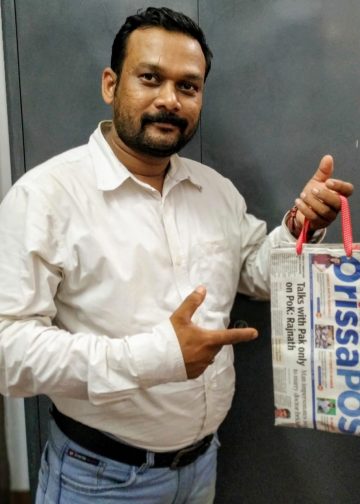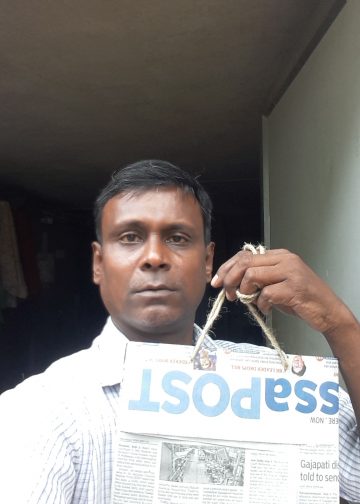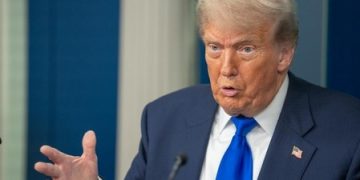By Malay Mishra
PM Modi’s inexplicable absence from the ASEAN and EAS Summits in Malaysia (Oct 26-29), particularly in view of the rapidly evolving global relations in a multipolar world, has been viewed as a matter of concern among foreign policy analysts as a step-back of India’s personalized and upfront diplomacy.
While some commentators have normalized the PM’s absence as his preoccupation with domestic commitments, others have belied such assumptions in view of his several visits to countries in Asia, Europe and South America during the year. With both US and Chinese Presidents making marquee appearances which they did sidelining India’s role in the Global South (and by extension its Act East policy), India was left out of reckoning when its role as an alternative to China’s primacy in the region was much sought.
It’s ironic that while an elaborate Maritime Security Week was organized by the defence forces in Mumbai in the context of GOI’s declaration of 2026 as the Year of India-ASEAN Maritime Cooperation, the PM’s absence from the most consequential event was lost sight of. Instead, Modi in his virtual address to the 22nd India-ASEAN Summit reaffirmed support for ASEAN centrality and Indo-Pacific cooperation. Even though India had announced the Quadrilateral summit to take place this year in India, the matter was not raised at all though all the Quad leaders were there.
The US-ASEAN summit saw several ASEAN States get Trump-imposed tariffs reduced while there was promise from the ASEAN side for export of rare earth minerals and elements besides market access to agriculture, technology and pharmaceuticals.
It may be noted that while Malaysia supplies 13% of the global demand for critical minerals, China possesses 69%. China used its advantage in this area in agreeing to a one-year freeze on its ban imposed a month ago on such exports to the US in lieu of Trump softening its tariffs on China to 47%, lower than India and Brazil, while committing to bring down its Fentanyl exports to the US and giving market access to US soyabeans.
In the US-China Summit in Busan, South Korea, Trump gloated about a historic win in his tariff war with China while the latter took a sobering posture in standing firm in its strategy to hedge America. This was construed as yet another comedown for Trump (after the Alaska fiasco) in which the US was seen as the weaker side in handling the other two global powers on Ukraine and tariffs.
In contrast, the Regional Comprehensive Economic Partnership (RCEP), the largest free trade agreement of the world signed in Nov 2020, held its first Summit where China’s primacy in the ASEAN bloc was reaffirmed. India had stepped back from signing the RCEP due to domestic considerations at that time which was perceived as a serious setback to India’s efforts towards regional connectivity and multilateralism.
It may be noted that China is ASEAN’s largest trading partner with bilateral trade worth $771 billion in 2024 while India’s bilateral trade with the group stands at $106.9 billion for the same period (as the 6th largest trading partner).
Tired of Trump’s regular boasts of having been instrumental in stopping the India-Pakistan conflict in May this year and his continuous sermonizing to India to stop buying oil from Russia, Modi may have decided to avoid meeting the mercurial US President.
Besides, unsure of positioning itself in the Great Power matrix and with Putin visiting India later this year for a bilateral summit, it may not have gone down well with the PM’s image to be again seen shortchanged by Trump.
As per reports India has reduced imports of Russian oil and in this the recent assertion of Trump would have amounted to further pressure on India even at the cost of the latter’s national interests and geo-strategic options. The game of leveraging its strategic autonomy for hard bargaining with Washington has brought India to a crossroads.
Delhi’s approach of pleasing all sides and shifting partnerships to gain specific leverage and locational advantages may have gone this far and no farther. At the end of the day India’s further alienation in the Global South needs to be critically assessed and its claim for leadership closely viewed notwithstanding the attendant threats that belittle such claims.
India’s civilizational links with South East Asia have been forged in history, culture and trade alliances, and that requires careful nurturing. The centrality of AEAN for India has to be thus evaluated in the crucible of those long-standing linkages and be broadly reflective of India’s global standing.
Forging partnerships in the region and beyond is of critical importance with or without the claim of asserting superiority which has to be silently nurtured and worked through with abiding values.
As late PM Dr Manmohan Singh in an essay written for the “Raethinking India” series titled India’s tryst with the World presciently states, “We should be conscious of the fact that as partnerships gain in importance, India may have to accept greater constraint on the exercise of its strategic autonomy. I would therefore hope that our focus remains on building up our own capabilities for which accelerated growth is indispensable.”
The author is a retired diplomat and foreign policy analyst.
Views expressed are personal.






































